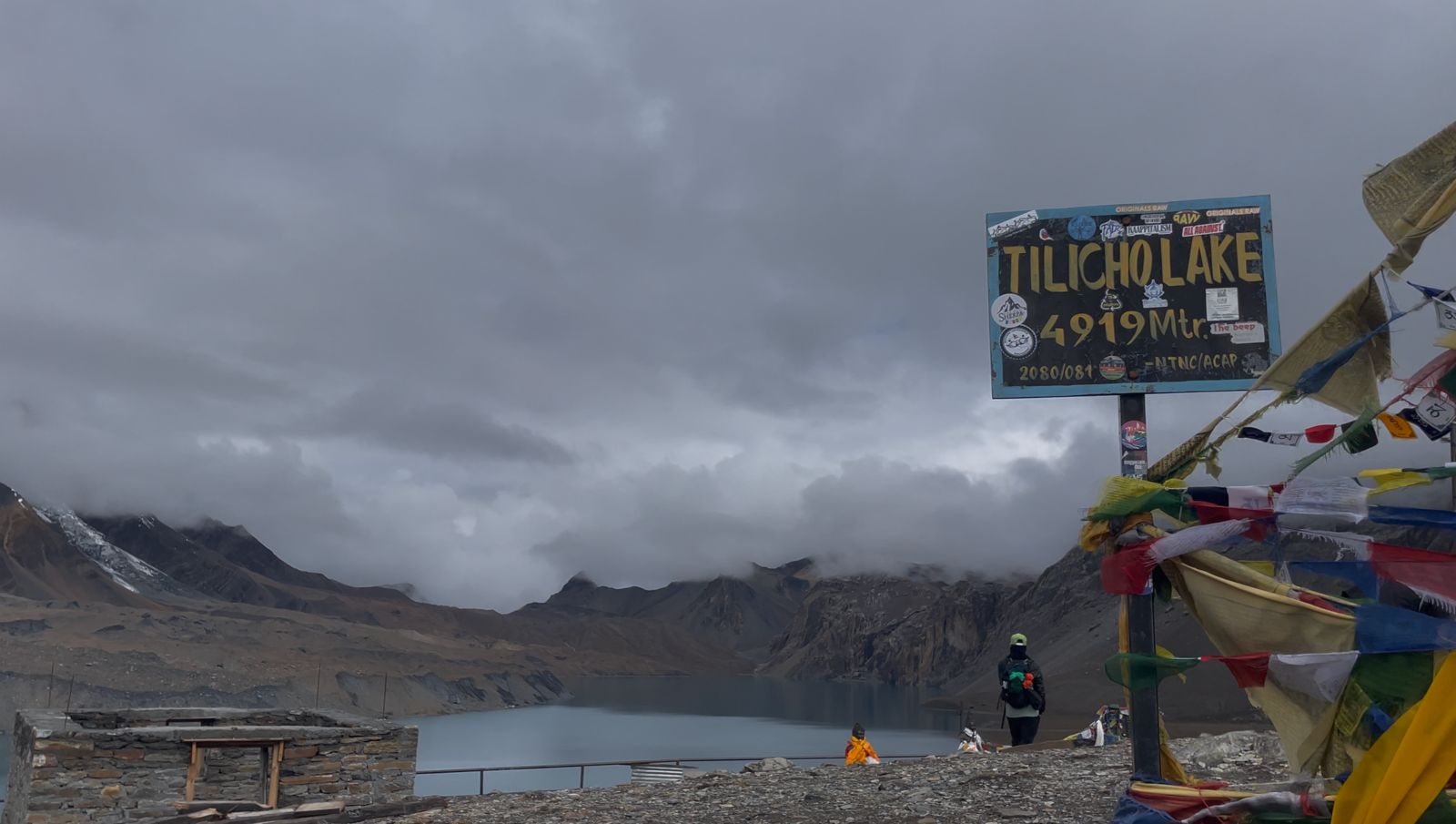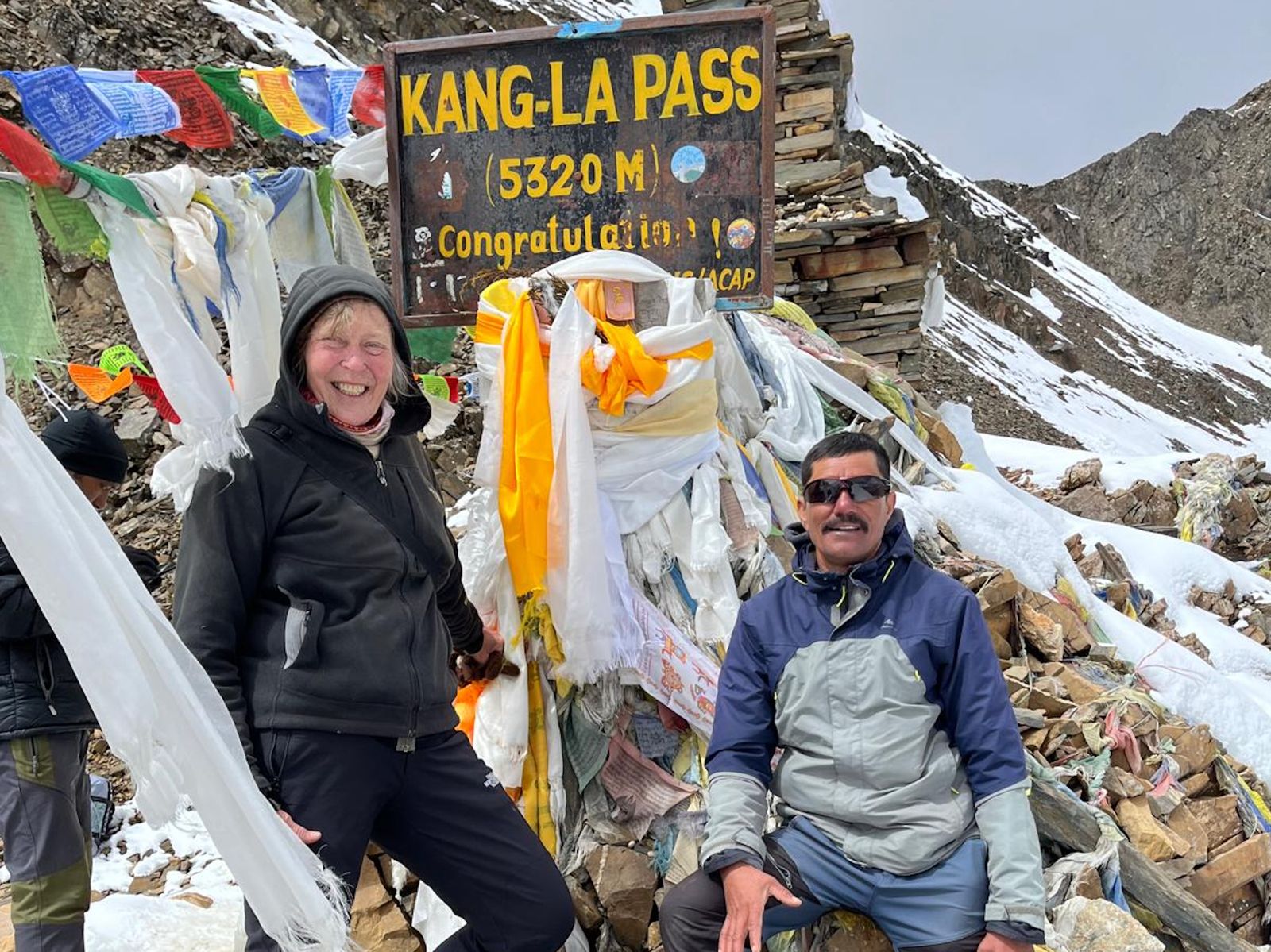Upper Mustang Mountain Biking Tour
Itinerary
Your Journey, Step by Step
Good to Know
Your Journey, Step by Step
Difficulty Level
A strenuous journey is offered by the Upper Mustang Mountain Biking Tour. The elevations along the course range from 2,800 meters (9,186 feet) to 4,200 meters (13,780 feet). Preventing altitude sickness requires altitude acclimation. There are multiple High Passes that you will traverse. There are difficult climbs and technical descents included in this. Bicycle handling skills and physical endurance are required for this. The trail passes through rural areas, so cyclists should be mentally prepared for solitary conditions. Technical abilities are beneficial, such as managing steep descents and traversing unpaved areas. The trail may be technical but with some prior riding experience and the help of our experienced guides, traversing Upper Mustang won’t be a problem at all.
Advice on Altitude Acclimatization:
- Stay Hydrated;
Make sure you drink plenty of fluids, water to keep yourself hydrated. Avoid alcohol and caffeine as they can dehydrate you.
- Eat Healthy;
Opt for light and easily digestible meals that are rich in carbohydrates but low in fats.
- Gradual Ascent;
Take your time when ascending to altitudes to allow your body to adapt. It’s important to include acclimatization days, at altitudes in your itinerary.
- Climb High, Sleep Low;
During the day ascend to altitudes; however, for sleeping purposes descend to altitudes. This strategy aids in acclimatization.
- Rest and Recover;
Take it during the initial days at higher altitudes. Give your body the chance to rest and recover.
- Consider Altitude Medication;
It may be worth carrying altitude sickness medication like Acetazolamide (Diamox) as a measure. However, always consult a healthcare professional before taking any medication and be aware of side effects.
- Monitor Symptoms;
Be mindful of symptoms associated with altitude sickness, such as headaches, nausea, dizziness, and fatigue. If you experience any of these symptoms inform your guide away.
- Stay Warm;
Layer up, with clothing to keep warm since temperatures can significantly drop at altitudes— during nighttime.
Physical Preparation:
Physical preparation is essential, for the Upper Mustang Mountain Biking Tour considering the terrain and high altitude. Here’s a breakdown of what you need to focus on;
- Building Cardiovascular Endurance;
To improve your fitness engage in exercises such, as cycling, running, swimming or hiking. Choose activities that raise your heart rate and boost stamina.
- Strength Training;
Focus, on building up the strength of your body to endure periods of biking. Include exercises such as squats, lunges, leg presses and core workouts to enhance stability and stamina.
- Biking Practice;
Give priority to practicing mountain biking across terrains. Train on areas, rough trails and challenging surfaces to replicate the conditions you’ll face during your expedition.
- Flexibility and Stretching;
Incorporate stretching routines, yoga sessions or Pilates exercises to enhance flexibility and prevent muscle fatigue or injuries during rides.
- Altitude Simulation;
If possible try simulating high altitude conditions through altitude training or by training in environments to those with reduced oxygen levels. This will help your body acclimate better.
- Gradual Training Progression;
Gradually increase the intensity and duration of your workouts over weeks to build endurance while avoiding overexertion or injury.
- Mental Preparation;
Develop resilience as biking at altitudes can be physically demanding. Practice techniques like visualization, positive self talk and mindfulness to cope with challenges effectively.
- Rest and Recovery;
Make sure you have rest periods between workouts for muscle recovery and adaptation. Good quality sleep is essential, for recovery and overall well being.
- Hydration and Nutrition;
Maintain a balanced diet that includes carbohydrates, proteins and healthy fats to provide fuel for your workouts.
Make sure you drink fluids before during and after your training sessions to stay properly hydrated.
Important Riding techniques
- Uphill Climbing:
Maintain a steady pace and rhythm to conserve energy.
Use lower gears and distribute your weight evenly to maintain traction.
Shift your body weight forward to prevent the front wheel from lifting on steeper ascents.
- Downhill Descents:
Keep your body loose and flexible to absorb shocks and bumps.
Shift your weight to the back of the bike for stability and to prevent going over the handlebars.
Use both brakes, but modulate them to avoid skidding. The front brake provides more stopping power but requires caution to prevent flipping.
When you are crossing obstacles, like rocks or small pits lift yourself off the seat to absorb impacts.
- Body Posture:
To absorb shocks it is important to keep a position, with bent elbows and knees.
Always keep your head up. Look ahead to anticipate any changes, in the trail.
Make sure to adjust your body position depending on the terrain in order to maintain stability throughout the ride.
- Learning exercises:
To improve your skills it’s important to practice these techniques, in various environments.
Consider participating in skills clinics or joining group rides where you can learn from other riders.
Essential Gear:
When embarking on a mountain biking adventure, in Upper Mustang it is of importance to have the equipment to ensure safety, comfort and optimal performance. Here is a rundown of the gear needed;
- Mountain Bike;
It is advisable to select a top notch mountain bike that can withstand the challenges posed by terrains and diverse surfaces encountered along the trail.
- Helmet and Safety Equipment;
Make sure to wear a fitted helmet that is certified for mountain biking.
For added safety, in case of falls or accidents consider using knee pads, elbow pads and gloves.
Opt for cycling gloves that have padding to provide a grip and protection.
- Appropriate Clothing;
Choose moisture breathable cycling jerseys, well as shorts or pants for comfortable rides especially on long trips.
Invest in cycling shoes that offer pedal grip.
Layer your clothing to adapt to temperature changes; don’t forget a waterproof jacket.
- Backpack or Hydration Pack;
Bring along a backpack or hydration pack during your rides. These will allow you to carry essentials such as water, snacks, tools, spare parts and personal items.
- Tools for Repairs and Maintenance;
Carry tools like tool sets specifically designed for bike repairs; these may include Allen keys, chain tools, tire levers and a mini pump.
Don’t forget tubes, patch kits and a tire repair kit for fixes if needed.
- Aid Kit;
It’s always wise to have first aid supplies with you such, as adhesive bandages, antiseptic wipes, pain relievers, and any necessary personal medications.
- Bicycle Accessories;
Get top notch bike lights for visibility when riding in low light conditions or tunnels.
Secure your bike with a lock to keep it safe during stops.
- Sun Protection;
Shield your eyes from the sun and flying debris by wearing sunglasses, with UV protection.
Don’t forget to apply SPF sunscreen and lip balm to prevent sunburn.
- Additional Items;
Consider bringing a GoPro or action camera along to capture the adventure.
Cultural Sensitivity to keep in mind:
It’s important to show respect, for the customs, traditions and dress codes of the community.
Always ask for permission before taking photos of people or any sacred sites you may encounter.
It is recommended to engage with locals in a manner learn some greetings in the local language and be open, to cultural exchanges.
Travel Insurance:
Insurance is extremely important, for the Upper Mustang Mountain Biking Tour. It provides protection in challenging terrains. This expedition requires coverage for emergencies particularly altitude related illnesses since immediate medical care may not always be readily available. It’s also essential to have insurance that covers evacuation expenses in case a helicopter evacuation is needed, as these can be quite costly in some areas. Gear coverage is necessary to safeguard against theft or damage to biking equipment while trip cancellation coverage ensures reimbursement for refundable expenses if unexpected circumstances arise. Given the nature of mountain biking, at higher altitudes it’s important to have adventure activity coverage as well. Insurance gives riders a sense of security allowing them to fully enjoy their adventures without concerns, about financial difficulties, during emergencies or accidents.
View OurSimilar Packages
Discover our top tours, loved by thousands of travelers annually. Choose the adventure that inspires you and embark on a journey tailored to your desires.

Save 22%
Annapurna Circuit Trek with Tilicho Lake
Imagine you walk up to a golden light that shines on...
Save 28%
Nar Phu Valley Trek
Hidden in the fantasy landscapes of Nepal’s mythological Annapurna and Manaslu...
Upper Dolpo Jomsom Trek via Upper Dolpo Region
Highlight The Dolpo region was opened in 1989 with the Shey...








